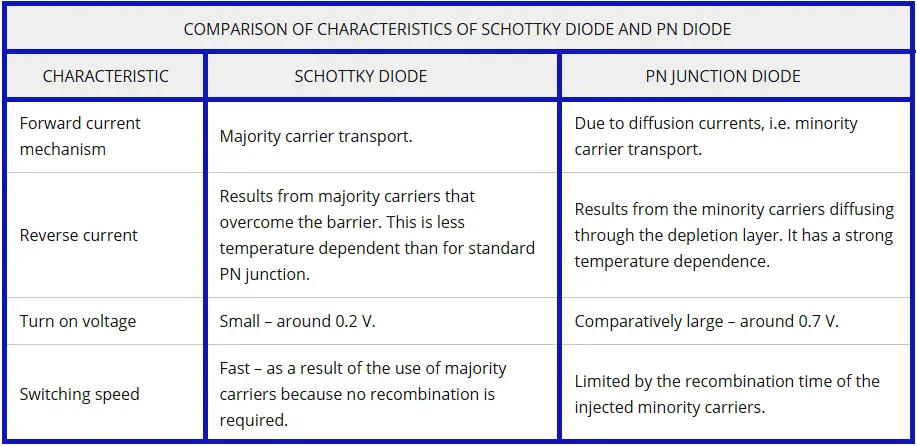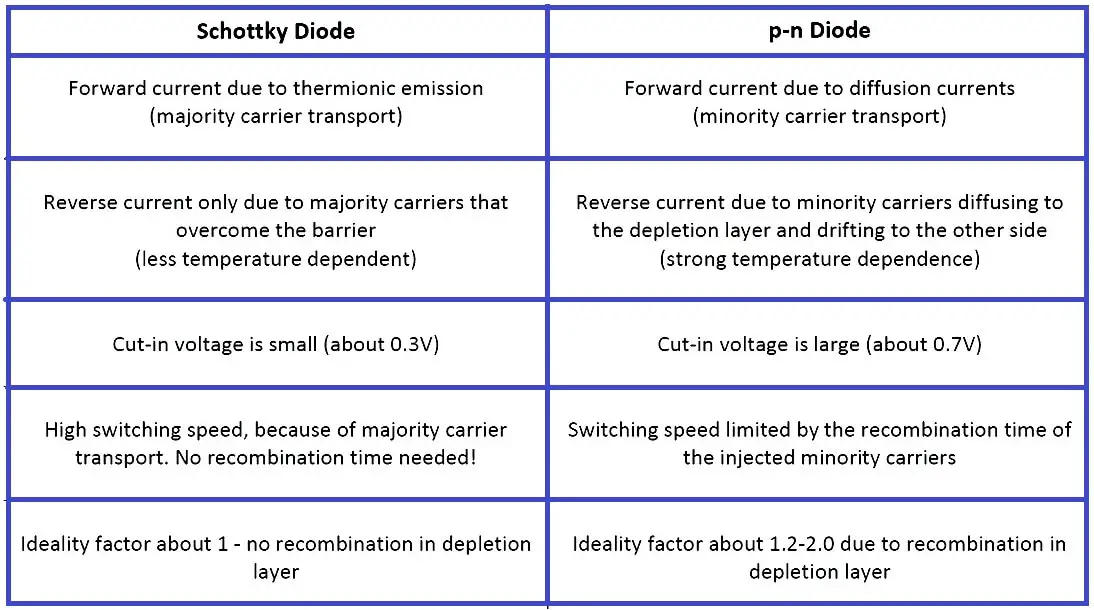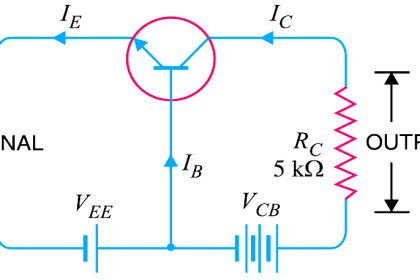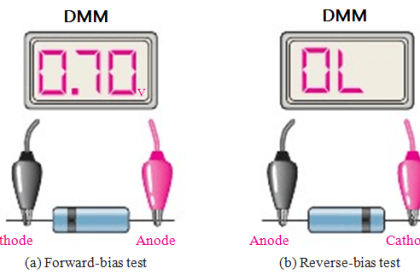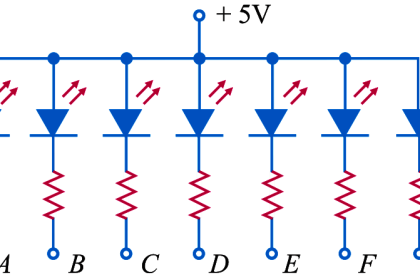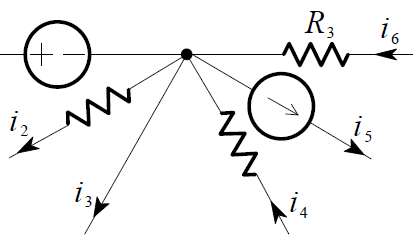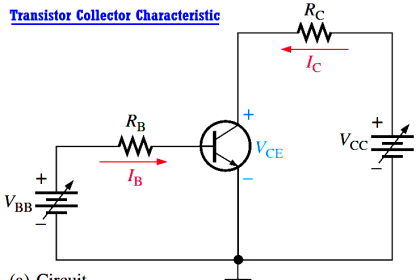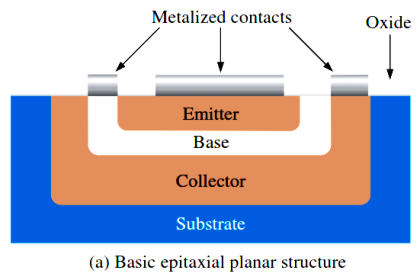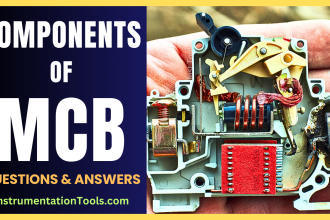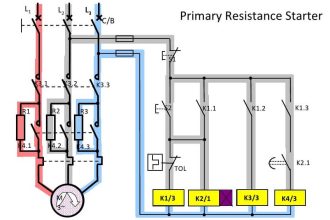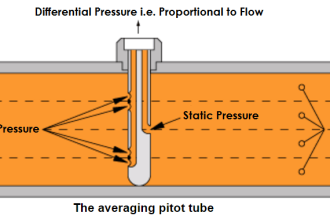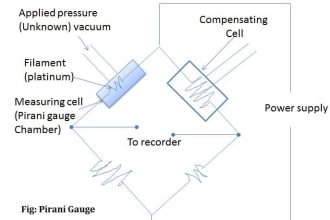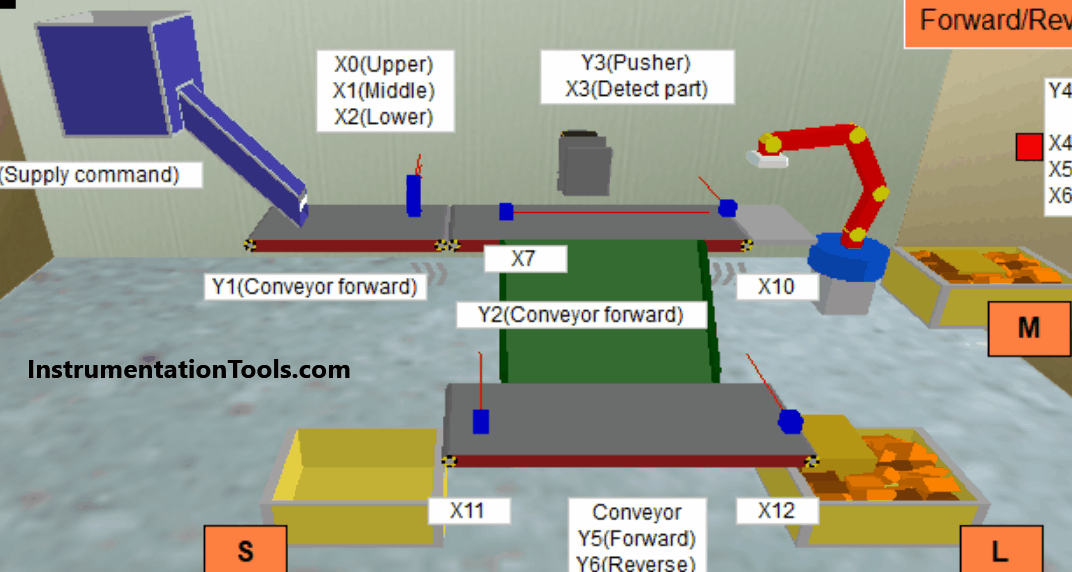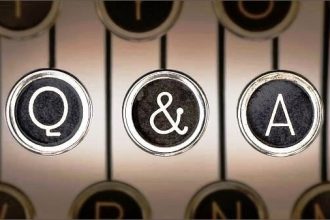Silicon diode: Use of P-doped silicon and N-doped silicon to make a P-N junction that causes the blocking effect
Schokky diode: Use of (normally) P-doped silicon bonded to metal. The junction effect is at the metal connection and it is because only one doped-tpye of silicon is used you end up with the lower on-state.
Schottky generally has lower reverse voltage max. You can easily find silicon diodes with 20-1400v ranges, while commonly schottky is 20v-60v.
Schottky is extremely fast recovery, even faster than so-called “fast recovery” silicon diodes. So you can use them in high frequency SMPS.
Forward voltage drop is lower. In silicon you get 0.6v-0.7v at rated current. In schottky you can get 0.3v which is great for SMPS.
Most schottky diodes look exactly the same is a regular diode.
